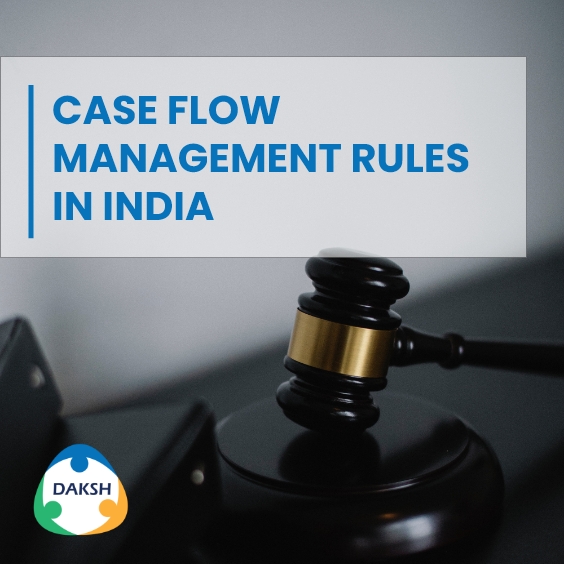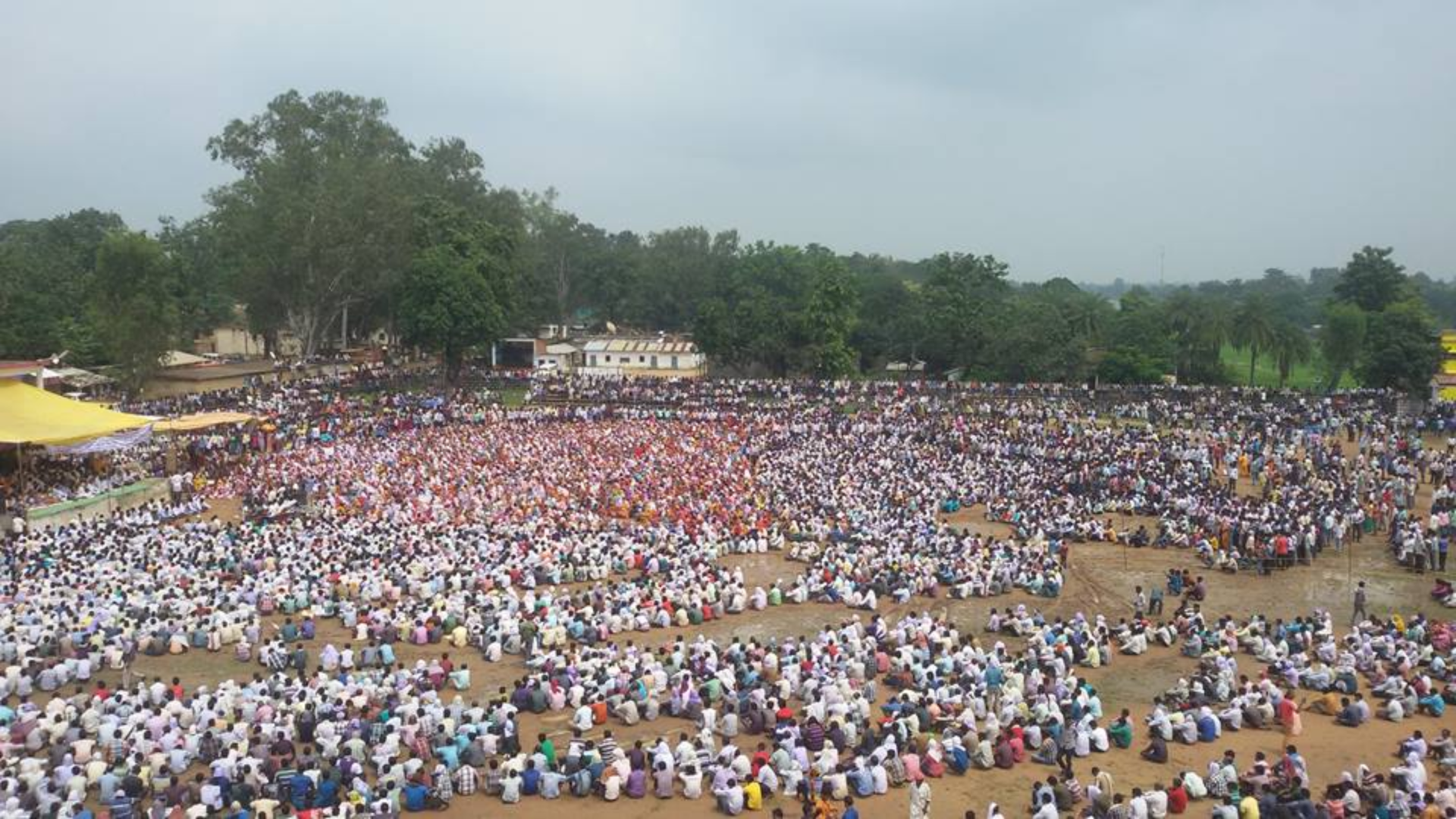Menu
Menu

Menu
Case Flow Management Rules in India
The Supreme Court in the case of Salem Advocate Bar Association v. Union of India introduced the concept of case flow management – a concept that lies at the core of effectively managing the workload of a court. Based on the recommendations of the committee headed by Justice M. Jagannadha Rao, the Court in this case urged the High Courts to adopt the Model Case Flow Management Rules for High Courts and subordinate courts, with or without modifications, so as to ensure fair, speedy, and inexpensive justice.
DAKSH has prepared a note on the origin and features of the case flow management rules and has also identified which states have passed the rules. Please click here for the note.
Some of the key features of Case Flow Management Rules are:
- They classify cases into ‘tracks’ based on their subject matter or nature of offence. Timelines for disposal of cases are prescribed for each track and vary from 9 months to 2 years.
- They lay down guidelines and timelines for how various stages in a case should progress.
- They mandate a bifurcation of the causelist based on whether cases are being heard on a procedural and substantive stage. Cases in procedural stages are to be heard and dealt with by the registrar, whereas a judge only hears cases on substantive matters.
RECENT ARTICLES

-
Rule of Law ProjectRule of Law Project
-
Access to Justice SurveyAccess to Justice Survey
-
BlogBlog
-
Contact UsContact Us
-
Statistics and ReportsStatistics and Reports
© 2021 DAKSH India. All rights reserved
Powered by Oy Media Solutions
Designed by GGWP Design



